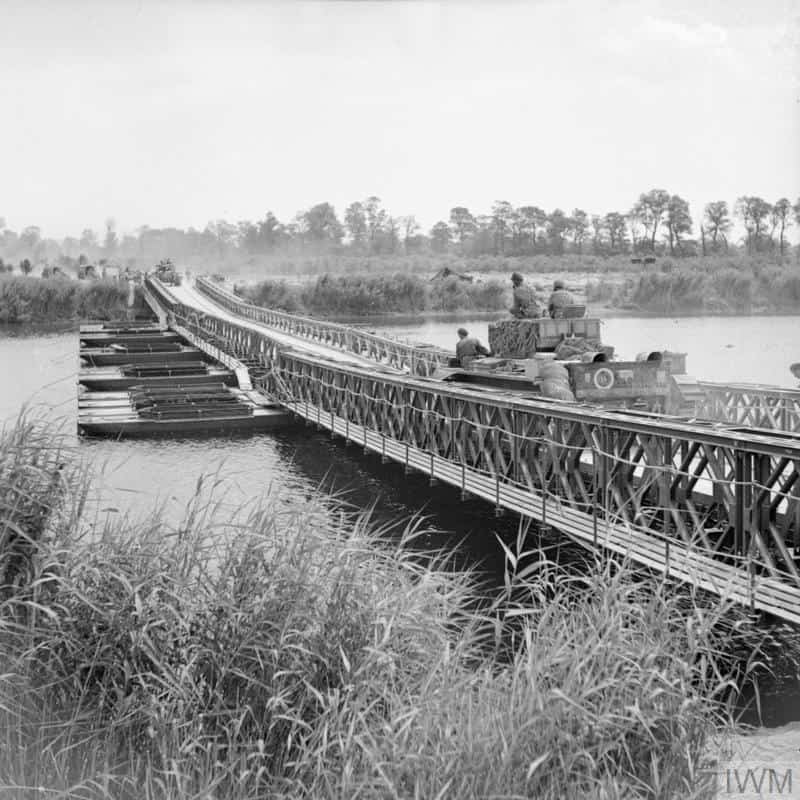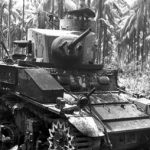Rhine
In the Battle, the 21st Army Group employed Second Army, First Canadian Army, and Ninth U.S. Army. The Battle covered the assault crossing by 15th and 51st Divisions, and 1st Commando Brigade, during the period 23-24 March, followed by 6th Airborne Division on the 24th; the subsequent enlargement of the bridgehead, including the capture of the crossings over the River Ijssel, preparatory to the break-out; the later including the operations by 15th, 51st, 52nd and 6th Airborne Divisions, together with 1st Commando Brigade; and also the advances by 7th Armoured Division to Borken, 53rd division to Bocholt, 3rd Division to beyond Werth, 53rd Division beyond Anholt to Varsseveld and Silvolde, and by 3rd Canadian Division to Emmerich and Hoch Elten.
The Honour was emblazoned by the 8th Hussars.
Detail
Meanwhile, the 1st Canadian Army came down from the north, the 9th American Army worked up from the south and at the last moment arrived for Operation PLUNDER, the push across the Rhine to begin.
The 8th Hussars watched the airborne divisions flying over to create the bridgehead and on the 27th March at 11 pm crossed on the bailey bridge at Xanten.
A week later after 120 miles, scarcely one of which was unopposed, the 8th Hussars reached the River Ems. Ibbenburen, home of the Hannover Cadet School, together with the Tecklenburg Hills, was stubbornly defended by ardent young Nazis and was not taken until 7th April, as the 7th Armoured Division fought its way to the River Weser.
Crossing the River Weser at Nienburg on 13th April and the River Aller at Rethem two days later the route to Hamburg was open.



